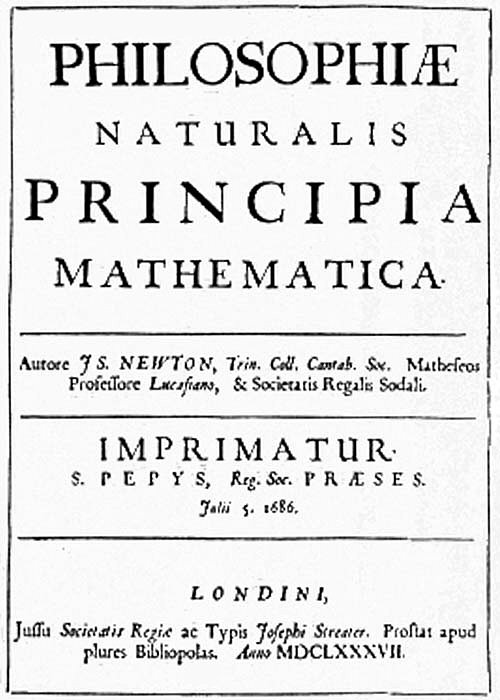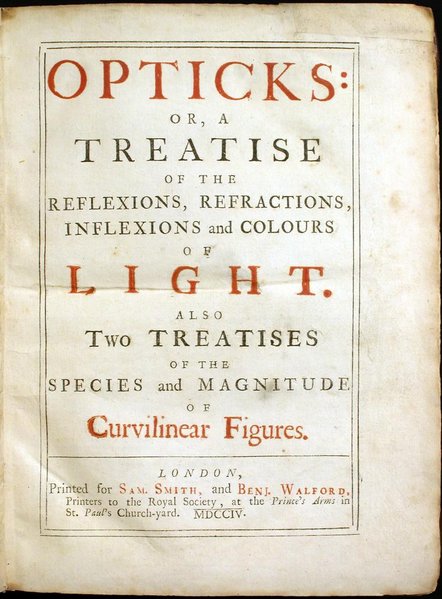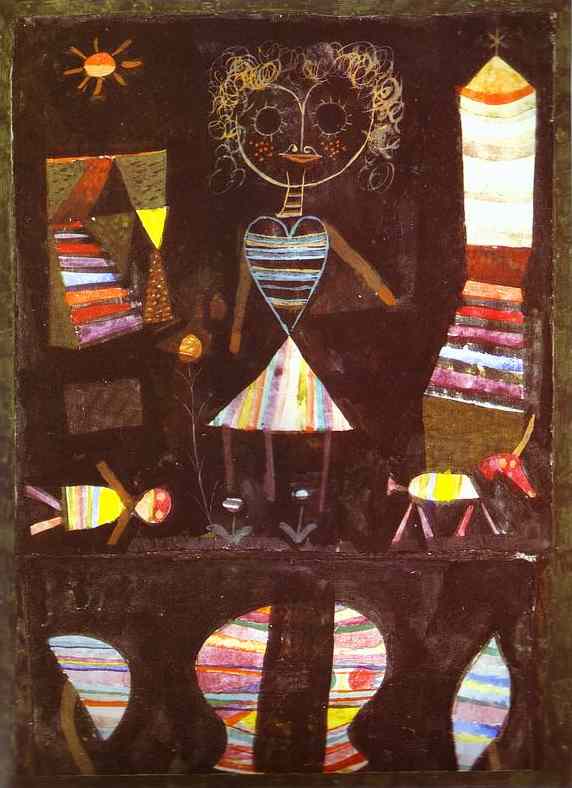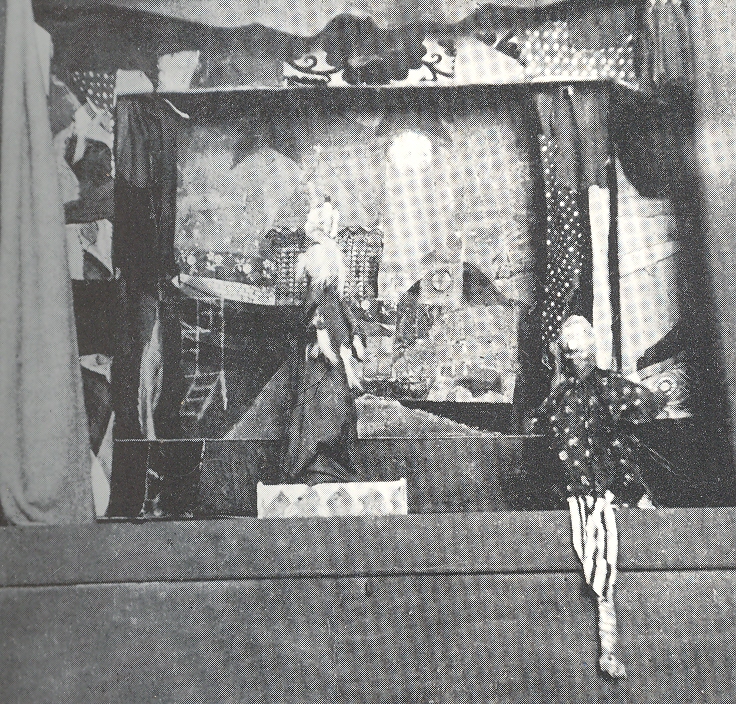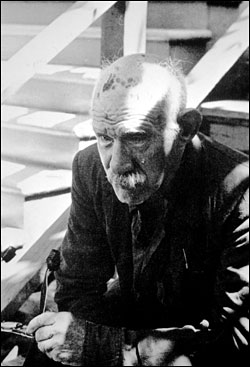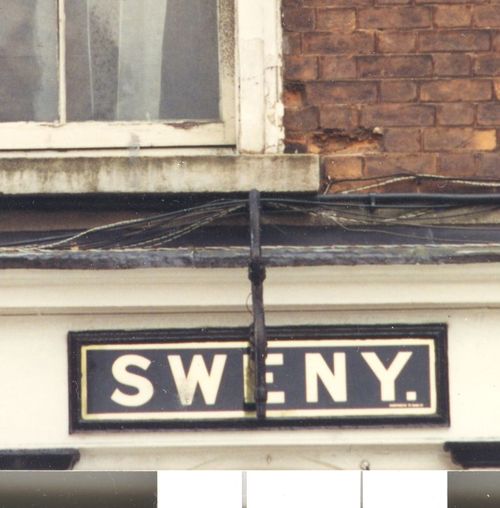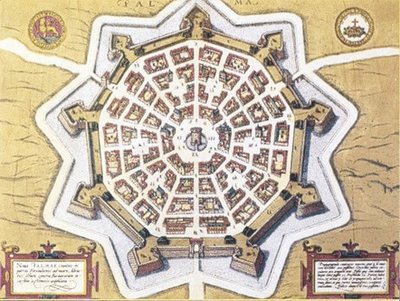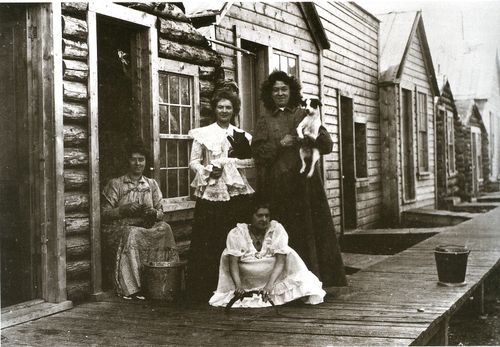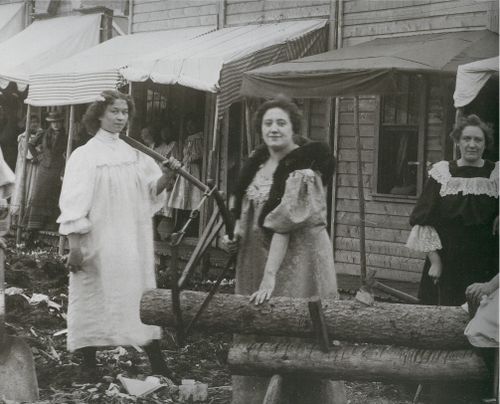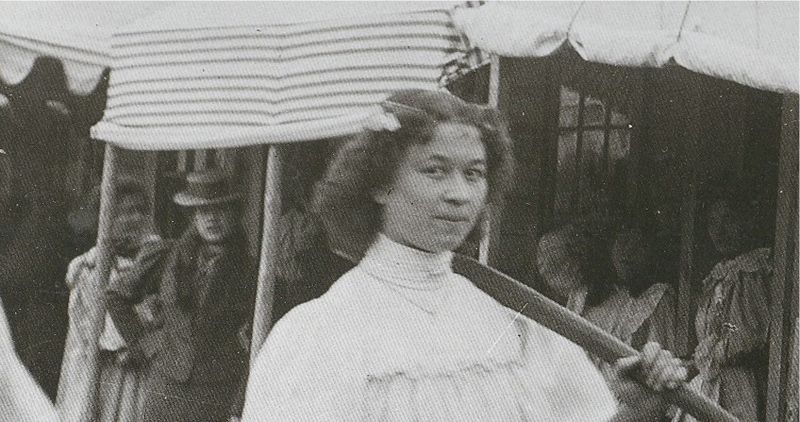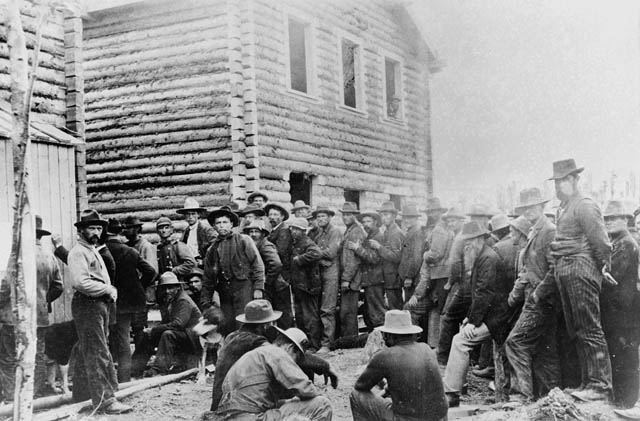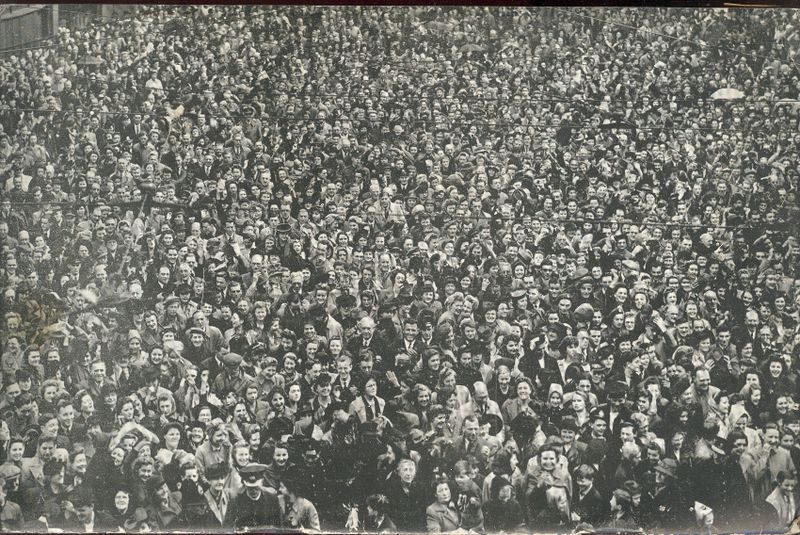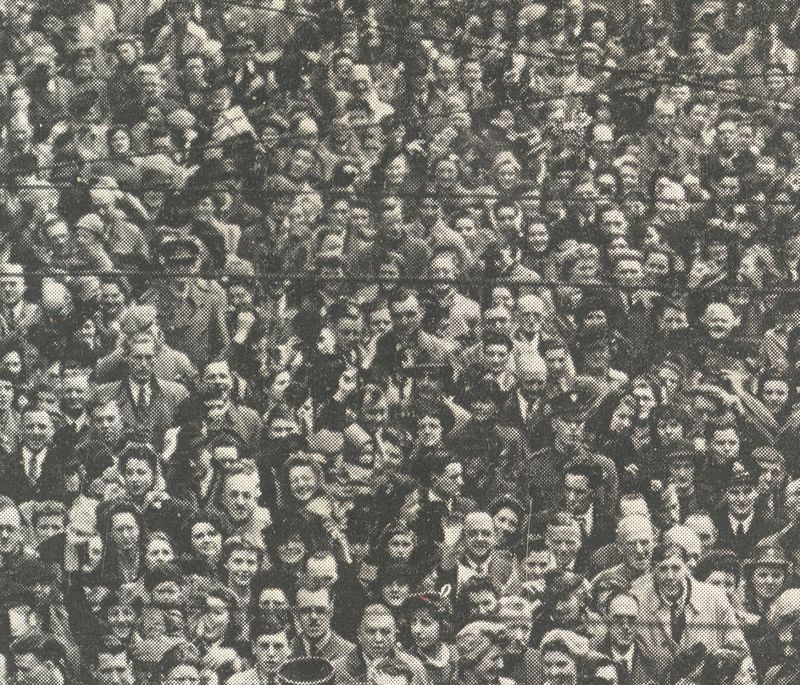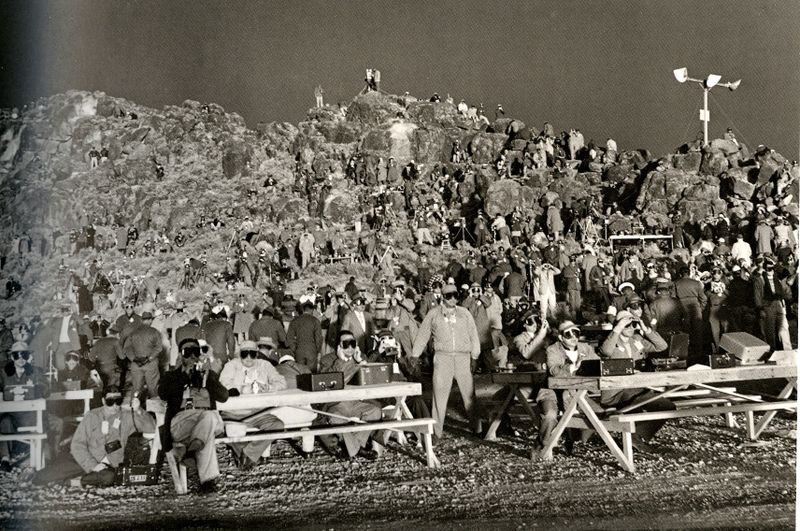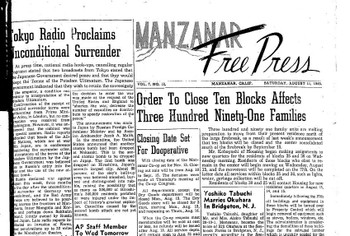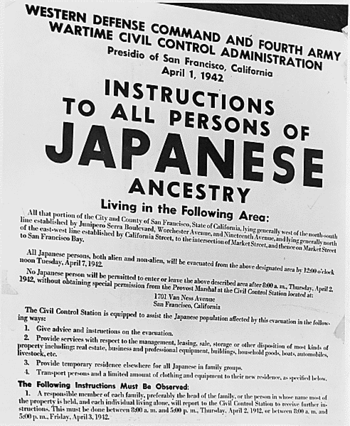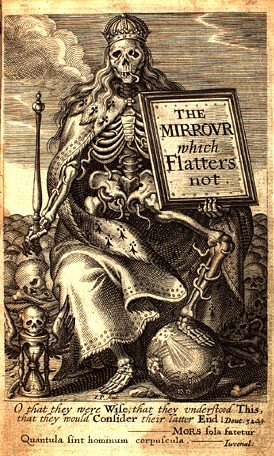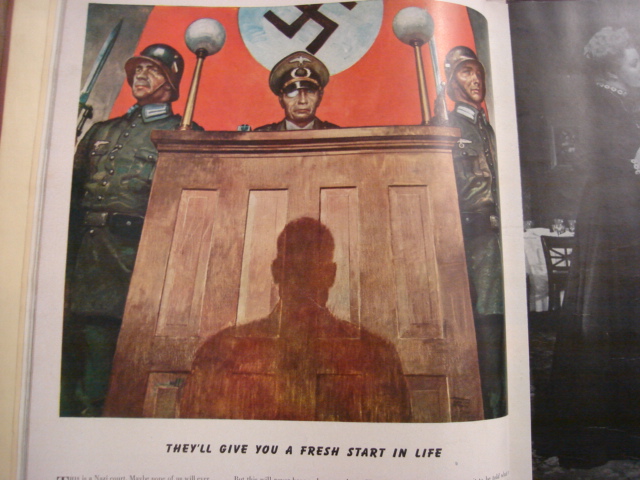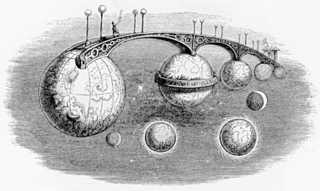JF Ptak Science Books LLC Post 709 Blog Bookstore
It is interesting to visit William Shockley again (after having seen his
work on the economics of the atomic bomb here), this time weighing in on the
prospects of an atomic bomb-less WWII Pacific endgame.
The results are not pretty, and weigh the number of casualties as seen
in past invasions of widely-interpreted type.
Shockley describes his work in a letter (21 July 1945, "Proposal
for Increasing the Scope of Casualties Studies") to Edward L. Bowles, an MIT Radlab guy who was
brought to D.C. in 1942 to help develop RADAR.
The content is summarized in the following three paragraphs taken in
their entirety from CASUALTY
PROJECTIONS FOR THE U.S. INVASIONS OF JAPAN, 1945-1946: PLANNING AND POLICY
IMPLICATIONS
by D. M. Giangreco in the Journal of Military History, 61
(July 1997). pages 521-82
“As for Dr. Shockley's initial report to Dr. Bowles, it was not submitted
until after Stimson had left for Potsdam.
He proposed that a study be initiated "to determine to what extent the
behavior of a nation in war can be predicted from the behavior of her troops in
individual battles." Shockley utilized the analyses of Dr. DeBakey and Dr.
Beebe, and discussed the matter in depth with Professor Quincy Wright from the University of Chicago, author of the highly-respected A
Study of War; and Colonel James McCormack, Jr., a Military Intelligence
officer and former Rhodes Scholar who served in the OPD's small but influential
Strategic Policy Section with another former Rhodes Scholar, Colonel Dean Rusk.
Shockley said:
"If the study shows that the behavior of nations in all historical
cases comparable to Japan's has in fact been invariably consistent with the
behavior of the troops in battle, then it means that the Japanese dead and
ineffectives at the time of the defeat will exceed the corresponding number for
the Germans. In other words, we shall probably have to kill at least 5 to 10
million Japanese. This might cost us between 1.7 and 4 million casualties
including [between] 400,000 and 800,000 killed."
“W. B. Shockley to Edward L. Bowles, 21 July 1945,
"Proposal for Increasing the Scope of Casualties Studies," Edward L.
Bowles Papers, box 34, Library of Congress. Attached: "Historical Study of
Casualties," by Quincy Wright. Dr. Shockley extrapolated these numbers from earlier analyses
summarized in Health and others compiled by the Military Intelligence Division
from field reports. No accurate total of German military and civilian deaths
was available at the time he prepared his report, but the number was eventually
set at roughly 11,000,000. Japan was not invaded and finished the war with just over 7,000,000 casualties, most
of them from its armed services on the Asian mainland in fighting from
September 1931 to September 1945.”
The War Department was very busy trying to figure out the
American casualties for the final invasion of Japan. In one famous paper, Memorandum for the Chief of Staff: Amplifying Details on Planners'
Paper for Presentation to the President. (17/18 June 1945). prepared by General Hull,
estimates for American casualties invading Kyushu (on the way to the mainland) were
based somewhat on the very recent experiences at Okinawa.
Kyushu was the site of an enormous Japanese military build-up in a final
preparation for the defense of the homeland—there were more than six times the
number of soldiers here than at Okinawa, totaling some 550,000. By August 8, today, the American casualties
at Okinawa were about 49,000. There would still be a very long and bloody
war to wage had not the Empire of Japan finally surrendered four days after the
use of the second atomic weapon at Nagasaki. Estimates are as follows (this taken from
Douglas MacEachin, The Final Months of
the War with Japan : US Signal Detection, Invasion Planning and the
Atomic Bomb Decision, CIA, 1999):
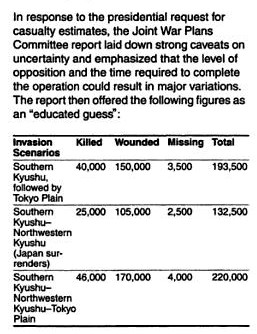
MacEachin continues:
“In an apparent effort to close or narrow the gap between
presenting no casualty figures at all and presenting numbers that the Joint
Planning Staff was unwilling to use with the President, the Army's Director of
Operations, Maj. Gen. J. E. Hull, asked his staff for casualty figures for
operations on Okinawa, Iwo Jima, Leyte and Luzon (both in the Philippines), and
"overall figures on MacArthur's operations to date." He said these
could be used as background at the upcoming meeting with the President, whom Hull described as "very much disturbed over losses on
Okinawa." Hull then incorporated the following casualty
figures into a summary of the longer report that had been prepared for the
President's meeting.
Islands Invaded Earlier US
Killed/Wounded/MIA
Japanese Killed/Prisoners
(Not including wounded) Ratio (US to Japanese)
Leyte 17,000 78,000 1:4.6
Luzon 31,000 156,000 1:5
Iwo Jima 20,000 25,000 1:1.25
Okinawa 34,000(ground) 7,700(Navy) 81,000 (Not a final count) 1:2”
And so what on earth are we left with, really? 200,000+ American and 2 million Japanese casualties, plus untold destruction, in an atom bombless attack on the Empire. This is not part of an argument about using the bomb--there wasn't an argument to be made at virtually any high-level command structure about not using the bomb militarily...it just wasn't on the table. (There were people who--like Eisenhower--were appalled with the military use of the weapon, but they weren't part of the groups whose charge was to figure out the bomb's deployment.) I'm just trying to illustrate the effects of war had there been no bomb at all, or if the impossible decision was made not to use it. As it was, the bomb existed, it was used with virtually no hesitation, twice, and it brought the war to a close. It must be remembered that even after Nagasaki, it still took the Japanese command three more days to decide to surrender, with the final acceptance occuring three days after that, on 15 August.
 perhaps more repeated than any other over the last 470
years. The book (Insectorum sive Minimorum Animalium Theatrum: olim ab Edoardo Wottono.
Conrado Gesnero. Thomaque Pennio inchoatum: Tandem Tho. Moufeti Londinâtis
operâ sumptibusque maximis concinnatum, auctum, perfectum: et ad vivum
expressis Iconibus supr…) was “by” Thomas Moffett (or Muffet or Moffet),
who acquired it after a number of others had, and after others had written (most)
of it, as we see in the title, with the appearance of the names Gesnero (“Gesnero”),
Thomas Penny (“Thomaque Pennio”), and Edward Wotton (“Edpardo Wottono”). It is a considerable work very long in the
making, and has hundreds of small and delightful illustrations, not the least of
which is the appearance of the millipede on the book’s title page, which is my
principal attraction here.
perhaps more repeated than any other over the last 470
years. The book (Insectorum sive Minimorum Animalium Theatrum: olim ab Edoardo Wottono.
Conrado Gesnero. Thomaque Pennio inchoatum: Tandem Tho. Moufeti Londinâtis
operâ sumptibusque maximis concinnatum, auctum, perfectum: et ad vivum
expressis Iconibus supr…) was “by” Thomas Moffett (or Muffet or Moffet),
who acquired it after a number of others had, and after others had written (most)
of it, as we see in the title, with the appearance of the names Gesnero (“Gesnero”),
Thomas Penny (“Thomaque Pennio”), and Edward Wotton (“Edpardo Wottono”). It is a considerable work very long in the
making, and has hundreds of small and delightful illustrations, not the least of
which is the appearance of the millipede on the book’s title page, which is my
principal attraction here. 



